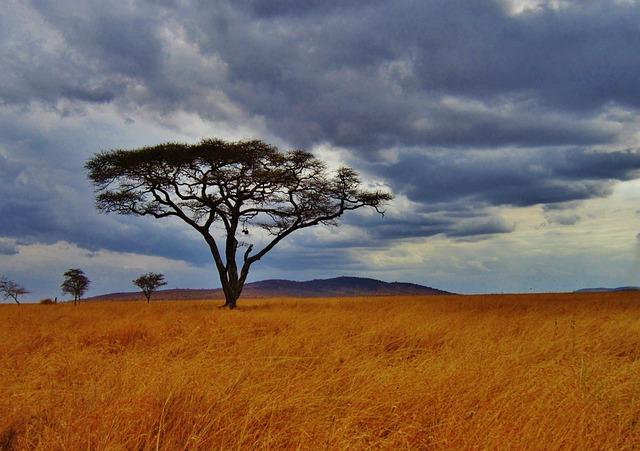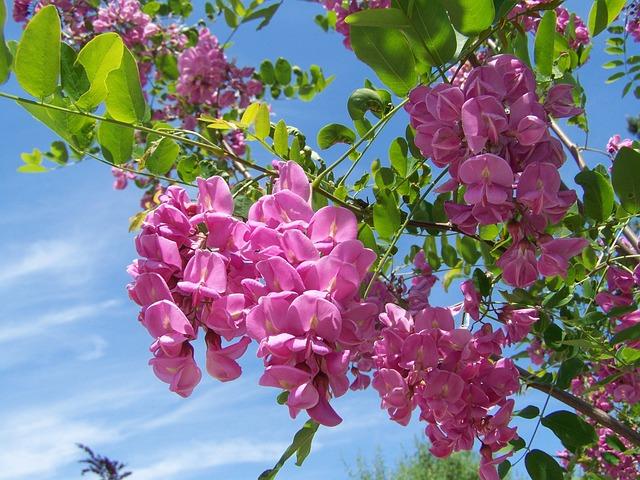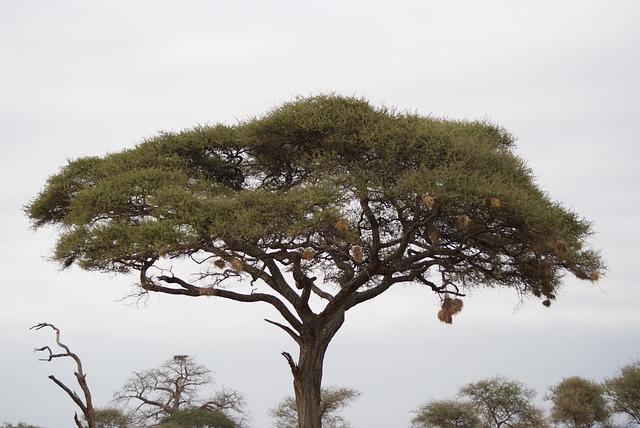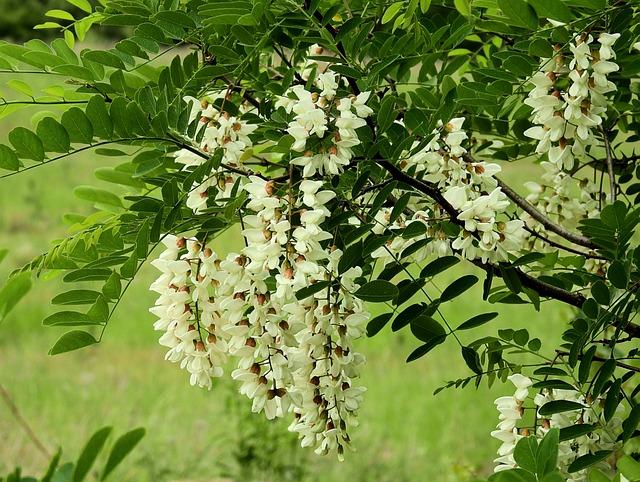- Introduction to Acacia
- Key Characteristics of Acacia
- Major Types of Acacia
- Uses and Benefits of Acacia
- Conservation Status and Environmental Importance
- Conclusion
- FAQs about Acacia
- References
Introduction to Acacia
Acacia, a genus of shrubs and trees belonging to the Fabaceae family, is a well-known species distributed across various regions, especially in Australia and Africa. Acacias have captivated botanists, herbalists, and essential oil enthusiasts for centuries due to their stunning appearances and countless uses. This article aims to discover the key characteristics, diverse types, and utilities of Acacia, along with its current conservation status.
In this article, we will explore:
- The defining traits that make Acacia unique among plant species.
- The major types of Acacia and where they are found.
- The various uses and benefits of Acacia, from traditional medicine to wood production.
- How environmental factors affect the growth of Acacia and its conservation importance.
Key Characteristics of Acacia
Acacia species are well-known for their distinctive features. The members of this genus typically have compound leaves that may resemble fern-like foliage, although in some species, these leaflets are reduced to tiny spines or scales.
One of the remarkable components of Acacia is the production of flowers in small, globe-shaped clusters that are often either creamy white or yellow. These flowers are the basis for multiple industries, including honey production and ornamental horticulture.
Additionally, several Acacias have thorny stems as an evolutionary adaptation to deter herbivores. In environments like deserts and savannahs, these thorns serve an important defensive role. Acacia also has a symbiotic relationship with nitrogen-fixing bacteria, enabling it to grow in nutrient-poor soils. This gives Acacia an ecological advantage.

(Image: Pixabay/@Michelle_Raponi)
Major Types of Acacia
The Acacia genus consists of more than 1,000 species, with different types found throughout warmer regions worldwide. Some prevalent types include Acacia dealbata, Acacia confusa, and Acacia senegal, each having distinct benefits and environmental tolerance.
Acacia dealbata (Silver Wattle): Native to southeastern Australia, this species blooms beautifully in late winter and early spring, producing bright yellow flowers that are widely used in ornamental horticulture.
Acacia confusa (Formosan Koa): Commonly found in Taiwan, it is known for its dense canopy and has various applications ranging from timber production to traditional Chinese medicine.
Acacia senegal (Gum Arabic Tree): Famous for producing gum arabic, which is utilized in food additives, cosmetics, pharmaceuticals, and even arts (specifically as a binder for watercolors).
These types exhibit the broadly adaptable nature of Acacia across different ecosystems, illustrating their global significance.

(Image: Pixabay/@Hans)
Uses and Benefits of Acacia
Acacia offers a wide range of benefits and uses, making it an invaluable resource in many sectors. Various parts of the Acacia tree, such as the bark, roots, and leaves, have been historically utilized in traditional medicine. For instance, Acacia extracts have anti-inflammatory, antimicrobial, and healing properties. It’s traditionally used to treat ailments like throat infections, digestive irregularities, or even wounds.
In addition to medicinal applications, some species of Acacia, particularly Acacia senegal, produce gum arabic. This natural gum is a favored thickening agent in foods like ice cream, candies, and syrups. Its binding properties also play a role in pharmaceuticals, acting as a stabilizer in capsules and other medicinal forms.
The timber of certain Acacia species is highly desirable in carpentry, furniture making, and construction. Acacia wood is both durable and aesthetically pleasing, often exhibiting reddish-brown hues that make it popular in fine furnishings and flooring.

(Image: Pixabay/@ArmbrustAnna)
Conservation Status and Environmental Importance
Due to habitat loss, deforestation, and changing climate conditions, the conservation of many Acacia species has become an increasing concern. Despite their resilience and adaptability, several Acacias face threats related to over-harvesting, agricultural expansion, and wildfires.
Efforts are underway by conservation organizations to preserve biodiversity while maintaining sustainable cultivation practices for economically valuable species, like Acacia senegal for gum arabic production. Environmental policies at the regional, national, and international levels focus on mitigating threats to their natural habitats.
Beyond conservation concerns, Acacias are critical to the ecosystems in which they thrive. Because many species fix nitrogen into the soil, they help improve soil fertility, benefiting surrounding vegetation and agricultural systems.

(Image: Pixabay/@MoleculeMan)
Conclusion
The Acacia genus provides an array of benefits, both ecological and commercial. With over 1,000 species populating diverse environments, Acacia proves to be one of nature's most versatile plants. Whether through its medicinal uses, contributions to agriculture, or role in producing high-quality timber and gum, its importance is undeniable. Current conservation efforts must continue to ensure that future generations can benefit from the rich biological and economic importance of Acacias. As climate change accelerates and human industrialization expands, the need for protective measures becomes even more urgent.
FAQs about Acacia
What are the main uses of Acacia?
Acacia offers diverse applications, from traditional medicine to modern industries. It serves as a source of gum arabic, timber, and numerous herbal remedies. Acacia wood is favored for construction and furnishing, while Acacia extracts have various medicinal uses.
Where is Acacia commonly found?
This genus is widespread across Australia, Africa, and some parts of Asia and the Americas. While Acacia species can be found in arid environments and savannahs, they also grow in tropical climates.
Is Acacia endangered?
While some Acacia species are plentiful, others face risks due to deforestation, climate change, and over-exploitation. Conservation efforts are crucial to preserving their biodiversity and ensuring sustainable use.
Can Acacia trees improve soil quality?
Yes, many Acacia species form symbiotic relationships with nitrogen-fixing bacteria, improving soil fertility. This ability is beneficial for both agriculture and natural vegetation, particularly in degraded soils.
What products derive from Acacia?
Besides wood, Acacia trees produce gum arabic — a key ingredient in food processing, medications, and art supplies due to its stabilizing and thickening properties. Additionally, Acacia extracts are included in skincare products for their anti-inflammatory qualities.

